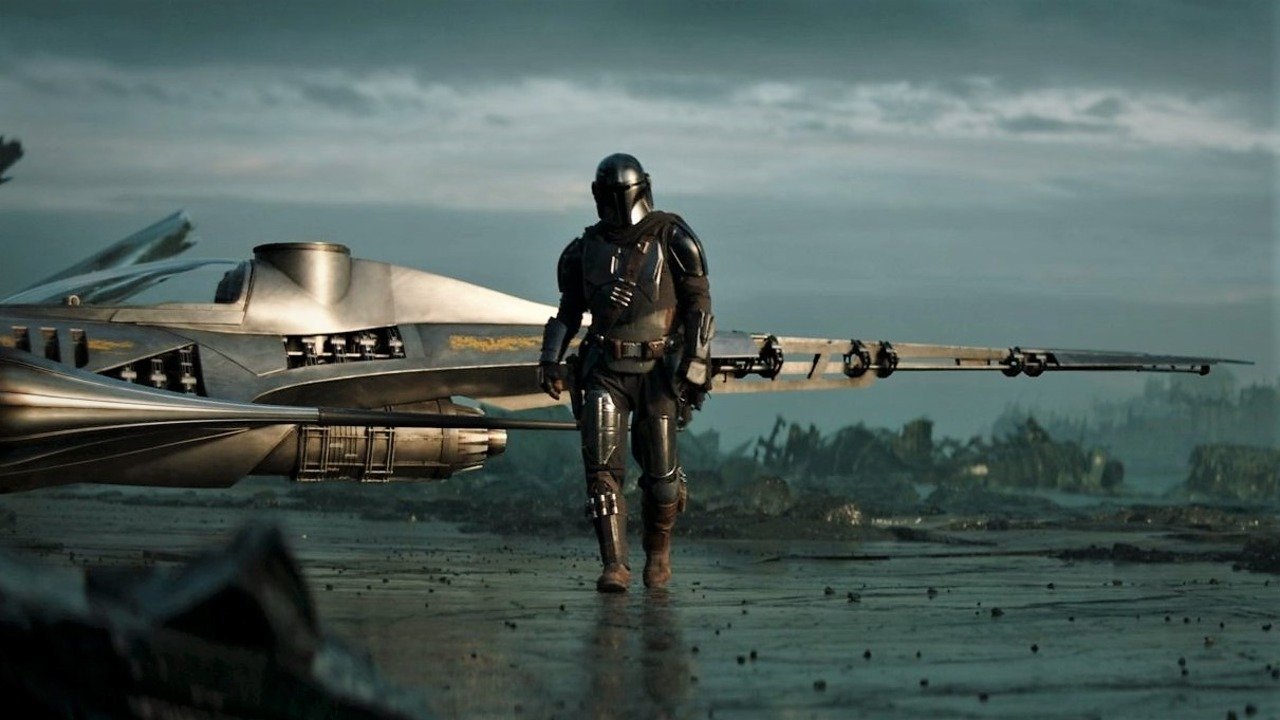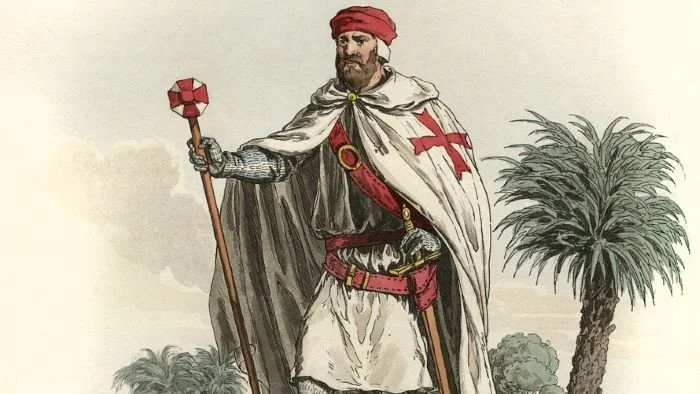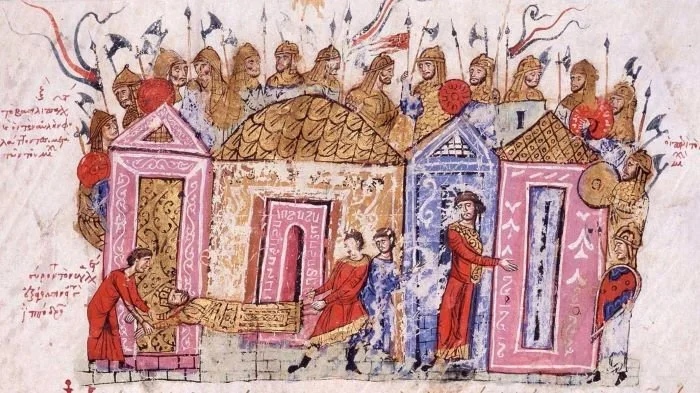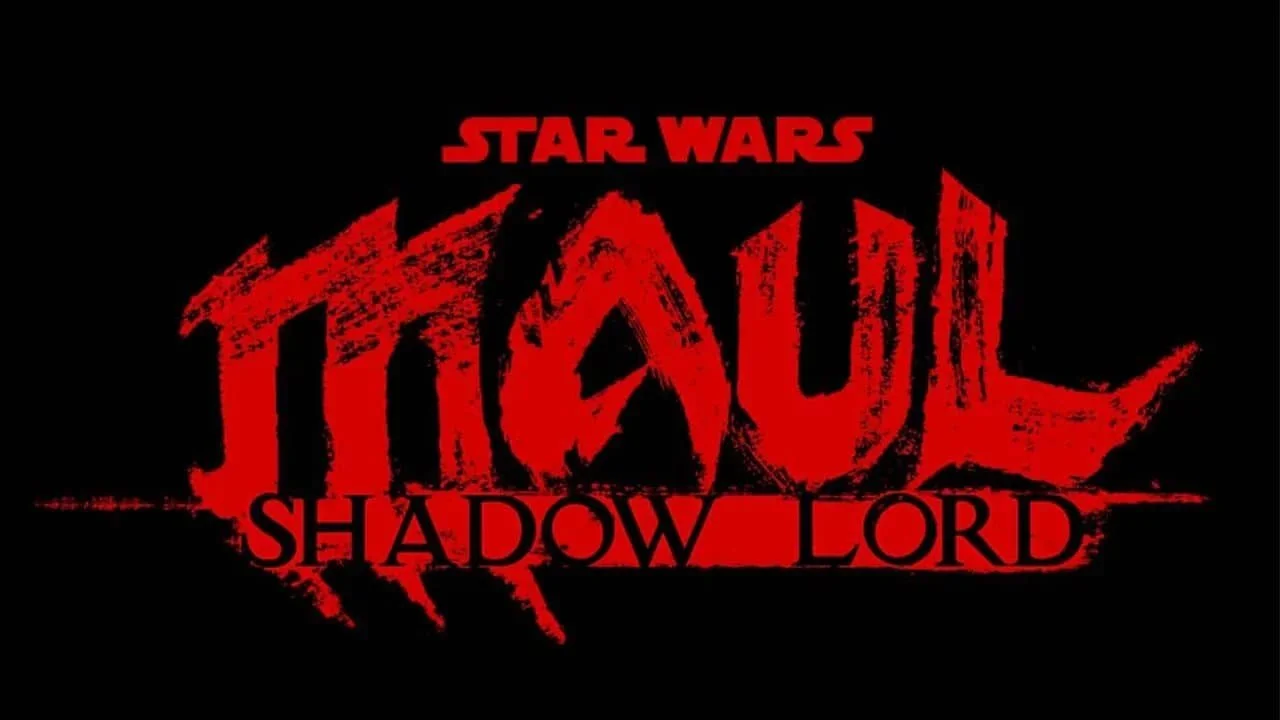A Social Studies Teacher Explains Whether The Children Of The Watch Are A Cult, Religion, Or Something Else
Image Source: Empire
Human beings love to label things. It’s how our brains are wired. From an early age, our brain is designed to assimilate new things into the existing schema. Then, as we gain experience and knowledge, we accommodate those things and create new categories. Assimilation is easy, it is an efficient and energy-conservative form of information processing. Accommodation is harder, especially as we learn more.
That said, despite growing up and learning more, some of us have a tendency to stay in a younger mindset and just assimilate things into our existing schema. Furthermore, a lot of people maintain a black-or-white, or this-or-that mentality, so to speak. When confronted with a new concept or situation, some will quickly categorize it as being either in this category or another. The problem is, the world, and the world we make up, are gray and full of nuance.
RELATED:
Take the Star Wars series The Mandalorian. Since Season 1, we’ve been hearing the mantra, “This is the way.” As the seasons have gone, we’ve learned more about this phrase and the culture behind it. More recently, Din Djarin’s successful redemption according to what the Armorer has told him he needed to do has brought up the discussion of whether the Children of the Watch are a cult or a religion.
I’m here to settle this discussion.
First and foremost, the Children of the Watch are neither a religion nor a cult. They sort of defy definition, hence the preface above, but the closest thing they could come to would be a warrior caste reminiscent of the European system of knighthood, the Samurai of Japan, and many other similar systems from history. Their secretive nature, however, makes them seem to most closely resemble a religious military order.
Let’s take a look at what we know about the Children of the Watch first.
Image Source: CNN
It is easy to see why they may be confused as a religion or a cult because of their rigid adherence to rituals and practices. The prohibition on the removal of the helmet in front of others, lest they be exiled is similar in nature to an organized religion’s having particular doctrines and beliefs. If you don’t ascribe to those defined beliefs, then you’re not part of that faith. Here, if you don’t follow the Way of the Mandalore, then you are no longer a Mandalorian, per the Armorer.
Strict adherence to a belief system doesn’t make one part of a cult, however. It does make you rather orthodox, but definitely not part of a cult. Cults are typically characterized by intense loyalty to a particular person or object. The Armorer, although clearly someone of high status among the Children of the Watch, per her discussions with Bo-Katan, is not revered by the other Mandalorians. There’s also a surprising lack of control or enforcement regarding these tenets. There are no enforcers or officers meant to police the behavior of the members. They follow the tenets or they don’t, and if they don’t they’re out. Enforcement is communal and self-imposed, which implies a deep respect for discipline and honor.
Image Source: The Beacon
People that fall for and join cults tend to be people who experience intense loneliness and are highly susceptible to suggestions. Cults have charismatic leadership, hence the loyalty characteristics that define a cult. People are drawn to these charismatic leaders, suspending their agency and placing their trust in them. That also is not the case here. The Armorer is rather formal in her speech, but that comes off more like a feature of priesthood than a strong charismatic personality. Charisma is also strongly reliant on facial expressions and tone, which is greatly restricted since they wear their helmet at all times.
Now, saying the Children of the Watch resemble a religious military order implies that they do belong to a religion. It is uncertain what that particular religion is, however. The talk about the Way of the Mandalore, and bathing in the Living Waters for redemption are not necessarily tenets of their religion, but rather part of the rites to their order. The Templars and other religious orders in the real world had their own proscriptions that distinguished them from others, but they were still Catholics, as the other orders were as well. Samurai as a whole may not belong necessarily to a particular religion, as there were many different faiths throughout Japan, but the office of Samurai had rigid processes that identified them, across the country, as Samurai. Thus, the peculiarities of the Children of the Watch don’t make them a religion even if they can certainly be a part of a religion.
Image Source: Encyclopedia Britannica
Many of the aspects of the Children of the Watch resemble the religious military orders. Orders like the Templars, the Teutonic Knights, and the Hospitallers began as semi-monastic orders, swearing off possessions and living a simple religious life. As a result, and given their military nature, they needed weapons, armor, and horses. Initially, this made them reliant exclusively on donations and the charity of others. The Mandalorians clearly have a similar system with their armor. A portion of all proceeds they make on missions and jobs is given to armor the foundlings they recruit along the way. The requirement to wear their helmet at all times unless out of the sight of others is similar in a way to the simple aesthetic of the religious orders, where they went about in simple monastic clothing when out of armor.
Image Source: MarketWatch
They also share a similar mission to the religious orders. Aside from the problematic nature of their existence, the Templars and the like were created to protect Christian pilgrims on their travels in the Holy Land after the First Crusade. Some orders did not operate as largely in the Middle East as the Templars and Hospitallers, like the Order of Santiago and the Teutonic Knights, who operated within the borders of European realms. However, their stated mission reflects the purported nature of the Children of the Watch as they were supposedly created to protect Mandalorians.
Despite these similarities, like everything else, it’s not that clear a parallel. What we know of the Children of the Watch is from a period after the destruction of Mandalore. There is still a question of how will their ideology function in a society bigger than their Covert. Another difference comes from their financial situation. They operate as mercenaries, taking jobs and getting paid in credits and beskar, far from the proclaimed piety of the religious orders. What then does their rigidness reflect? This sounds closer to the Varangian Guard, a group of Northern European mercenaries that were paid handsomely to be loyal (ironic) to the Byzantine throne.
Image Source: Wikipedia
History is rife with groups that come to mind with similar characteristics to the Children of the Watch. Further examples aside from the ones mentioned above include the Janissaries of the Ottoman Empire, the Varangian Guard of the Byzantine Emperor, the Ahosi/Mino of Dahomey (given the Hollywood treatment in the movie The Woman King), and the Spartans of ancient Greece. These groups all had similar expectations of intense discipline, recruitment from an early age, and a strong focus on a martial lifestyle. All of these factors make them capable fighting forces. On an interesting side note, one group the Children of the Watch share similarities with are the same ones Mandalorians had been in opposition with for some time: the Jedi.
By now, you should notice there is no direct historical example to pull from because, again, it’s not so black-and-white as many would like to reduce it. The strongest model the Children of the Watch fit is the religious military orders, but even then, it’s not a clear comparison. There are aspects that come from a broad spectrum of historical examples. But what we can assuredly say is that they are neither a religion nor a cult.
READ NEXT:


















